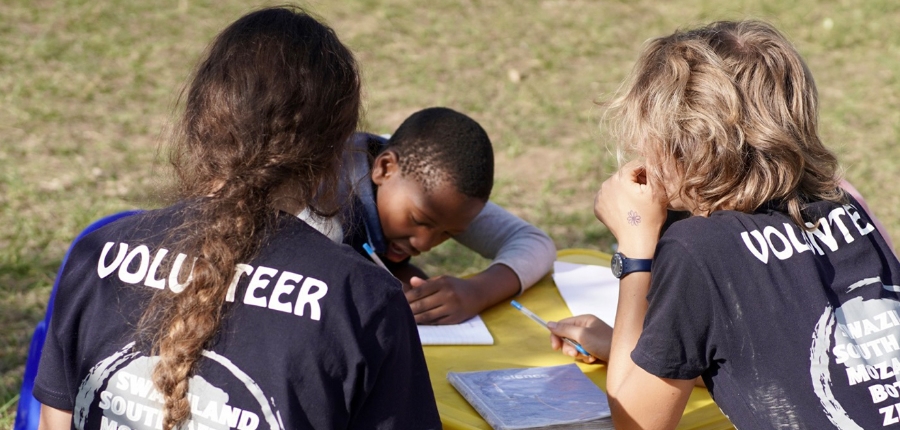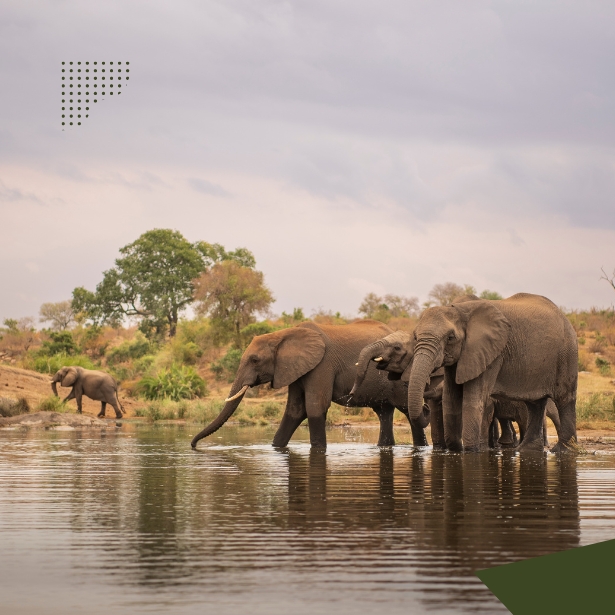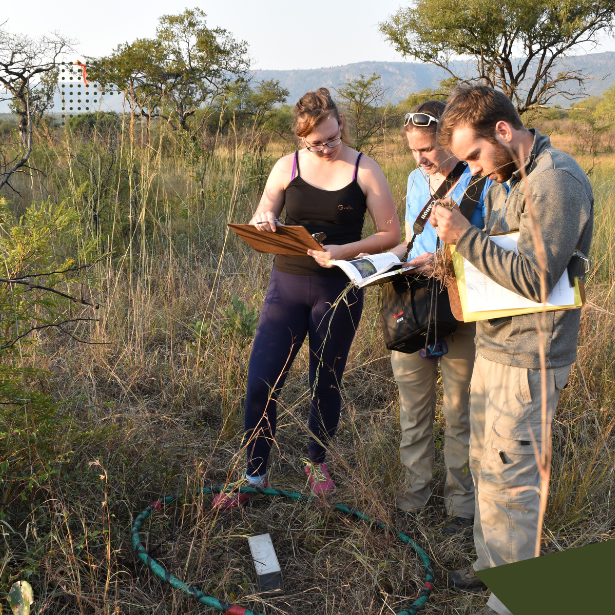


1 Day | Eswatini | Walking
Come on an adventure with us!
|
DESTINATION(S): |
Eswatini (Komatipoort Departure) |
|
DURATION: |
1 Day |
|
INCLUDES: |
Meals not included |
|
START DATES: |
Any time! Or open group dates (fixed start dates) |
|
PERFECT FOR: |
Families, group travel, individuals, adventurers, students, etc. |
|
RATES (FROM): |
R x,xxx pp (Min. 4 people) (see inclusions) |
OVERVIEW
Spend a day visiting the beautiful country of Eswatini gaining a good overview of its culture, landscape and crafts scene all in one day. Travel in an air-conditioned vehicle with an experienced All Out Africa guide you will get a good taste of Swazi life, both modern and traditional.
Leaving from Komatipoort you will cross the Mananga Border and travel through the Low Feld through Manzini, its agricultural city, and head to Swazi Candles Craft Centre. Here you will have the opportunity to see local craftsmen at work and see some of the amazing products produced by Swazi artisans. You will then drive through the Malkerns Valley to Ezulwini where you will learn about Swazi culture and get the opportunity to see traditional dances, which are performed at ceremonies throughout the year.
After lunch at the famous Malandelas Complex, home to the incredible House on Fire performance venue, you will drive to Ngwenya where you will have the opportunity to see glass blowing in action at Ngwenya Glass (this is only available Monday to Friday, weekend departures will visit the shop and centre).
If there is time, you will also take a trip up to Ngwenya Mine the oldest mine in the world, a great place to take photos. You will drive back past Malolotja, past Maguga Dam and through Phophonyane seeing beautiful views of northern Eswatini before driving back to Komatipoort.
Where possible you will stop to take photos. It really is an interesting day out.
ITINERARY
07:00
10:00
11:00
12:45
13:30
15:00
15:30
18:00
Arrive back in Komatipoort (times may vary depending on your interests and the weather)
RATES
Pricing Details
- FROM $ x,xxx pps
- Min. 4 People
Package Upgrades
- Upgrade #1
- Upgrade #2
- Upgrade #3
What's Included
- Item #1
- Item #2
- Item #3
- Item #4
What's Included
- Item #1
- Item #2
- Item #3
- Item #4
What's Excluded
- Flights
- Personal Expenses
- Travel Documents/Visas
- Personal Trips
DATES & AVAILABILITY
Lorem ipsum dolor sit amet, consectetur adipiscing elit. Ut elit tellus, luctus nec ullamcorper mattis, pulvinar dapibus leo.
- Item #1
- Item #2
- Item #3
- Item #4
- Item #5
- Item #6
- Item #1
- Item #2
- Item #3
- Item #4
- Item #5
GENERAL TOUR INFORMATION
What To Bring
- Malaria free
- Currency is Emalangeni (E)
- Bring a hat and sun screen
Accommodation
- None
Meals
- Meal Option 1
- Meal Option 2
FREQUENTLY ASKED QUESTIONS
General Frequently Asked Questions
What’s Included in Tours?
What Currencies Are Used?
- South Africa: Rand (ZAR)
- Eswatini: Lilangeni (SZL), often interchangeable with ZAR
- Mozambique: Metical (MZN)
Credit cards are accepted in urban areas, but cash is advisable for remote regions.
What’s the Weather Like?
What’s the Best Time to Visit?
The dry season (April–October) is best for safaris and multi-day hikes, while the wet season offers lush landscapes and fewer crowds.
Is Travel Insurance Required?
We recommend comprehensive travel insurance covering medical emergencies, cancellations, and adventure activities.
Booking & Payment
How Do I Book a Tour?
What Payment Methods Are Accepted?
Can I Pay in Instalments?
What’s Your Cancellation Policy?
Tour Details
How Many People Are in a Group?
- Volunteer tours and school groups: 12–25 participants
- Private tours: 4–12 participants for a personalised experience
Can I Book a Private Tour?
What Languages Are Tours Conducted In?
What’s the Age Range for Participants?
We specialise in catering to adventurers aged 18–35, but we can accommodate all ages for private tours.
Preparation
What Should I Pack?
Do I Need Vaccinations?
Do I Need a Visa?
- South Africa/Eswatini: Most nationalities receive 30-day visas on arrival.
- Mozambique: Pre-arranged visas are recommended, though border visas may be available.
Physical Requirements
Are Your Tours Physically Demanding?
Do I Need Prior Experience?
Can Dietary Restrictions Be Accommodated?
Yes, we cater to dietary needs. Notify us in advance to ensure suitable options.
Destination-Specific FAQs
Is It Safe to Travel in Southern Africa?
All our locations are safe. We specifically choose our locations due to their safety. Our qualified staff is also here to provide 24/7 support. Your safety is our priority. Tours include experienced guides and secure accommodations.
What Wildlife Can I Expect?
Absolutely! Our tours focus on conservation and support local communities.
Are Tours Eco-Friendly?
Yes, we cater to dietary needs. Notify us in advance to ensure suitable options.
Cultural Experiences
Will I Meet Local Communities?
How Should I Dress Respectfully?
Can I Take Photos in Villages?
During the Tour
What Kind of Accommodation Is Provided?
Are Meals Included?
What Kind of Transportation Is Used?
Is Airport Pickup Available?
Nature and Conservation
Are Tours Guided or Independent?
What Conservation Efforts Do You Support?
We partner with anti-poaching initiatives, savannah reseach, marine research stations, and reforestation projects.
BOOKING
Please complete our enquiry form and one of our team members will be in contact with you to start planning your African Adventure. Alternatively you can contact us directly via WhatsApp or Email with any questions you might have.
-
Phone/WhatsApp:
+268 7835 2572 -
Email:
tours@alloutafrica.com -
Office Details:
All Out Africa Tours, Malandela’s Lifestyle Centre, Malkerns, Eswatini -
Office Hours:
Mon-Sat 8h00–17h00
Sun 8h30–16h30
Discover your next experience
TESTIMONIALS
Love the tours keep it up!
The highlights were seeing some of my favourite animals in their natural habitats and watching their behaviour
Seeing animals, the campfire in the evenings, meeting new people and the guides were great!
It was a pleasure working with you, and your professionalism was ever present. I would like to say a special thanks to Adriaan and Ruben for there part in the Kruger safari WOW what a team and a logistical triumph, they both deserve a pat on the back.
Everything was very well organized and planned. I enjoyed it a lot. The guides were very friendly and helpful.













